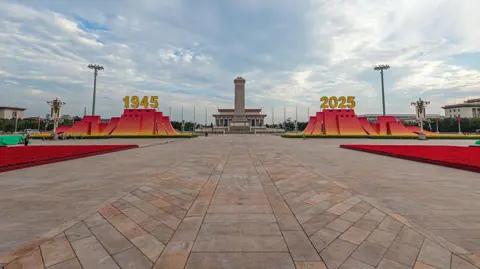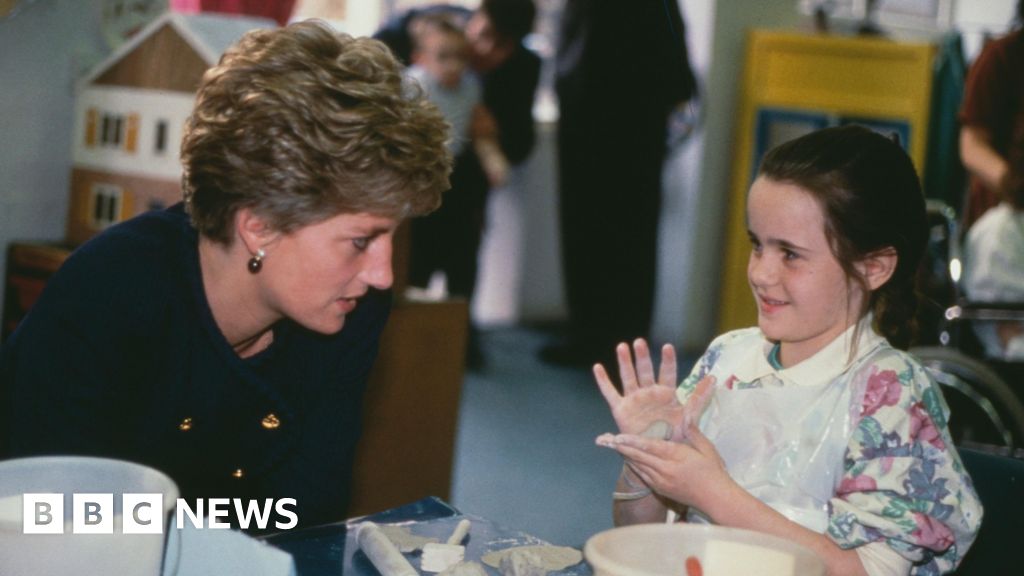Article Text:
When Daniel and Victoria Van Beuningen first explored their new home, a neglected villa in Wroclaw, Poland, it boasted an overgrown garden and a sense of potential. They envisioned creating a family haven, filled with chickens and vegetable patches. However, they were unaware of the dark history the villa held before World War II when it was part of Germany, nor the tumultuous events that unfolded during the war itself, or the subsequent displacement of thousands of Germans after the Soviet takeover.
Curiosity led them to investigate further, eventually contacting the Meinecke siblings, elderly residents from Heidelberg, Germany, who shared fond memories of the villa, coupled with an unsettling disclaimer about the possibility of German soldiers' remains being buried in the garden. Skeptical yet intrigued, the couple's doubts turned into reality when Daniel uncovered a Nazi helmet while digging a trench.
The situation escalated when an archaeologist visited them—someone who had come across historical documents revealing a previously unacknowledged war cemetery located right where their home stood. The news ignited a sense of urgency and obligation for the couple to delve deeper into their property’s past.
As investigations continued, the implications of their discoveries underscored challenging questions on how societies reckon with their histories, particularly around figures like Nazis. It illustrates the ongoing struggle to navigate the legacy of fascism as communities grapple with remembrance, responsibility, and reconciliation.
When Daniel and Victoria Van Beuningen first explored their new home, a neglected villa in Wroclaw, Poland, it boasted an overgrown garden and a sense of potential. They envisioned creating a family haven, filled with chickens and vegetable patches. However, they were unaware of the dark history the villa held before World War II when it was part of Germany, nor the tumultuous events that unfolded during the war itself, or the subsequent displacement of thousands of Germans after the Soviet takeover.
Curiosity led them to investigate further, eventually contacting the Meinecke siblings, elderly residents from Heidelberg, Germany, who shared fond memories of the villa, coupled with an unsettling disclaimer about the possibility of German soldiers' remains being buried in the garden. Skeptical yet intrigued, the couple's doubts turned into reality when Daniel uncovered a Nazi helmet while digging a trench.
The situation escalated when an archaeologist visited them—someone who had come across historical documents revealing a previously unacknowledged war cemetery located right where their home stood. The news ignited a sense of urgency and obligation for the couple to delve deeper into their property’s past.
As investigations continued, the implications of their discoveries underscored challenging questions on how societies reckon with their histories, particularly around figures like Nazis. It illustrates the ongoing struggle to navigate the legacy of fascism as communities grapple with remembrance, responsibility, and reconciliation.




















